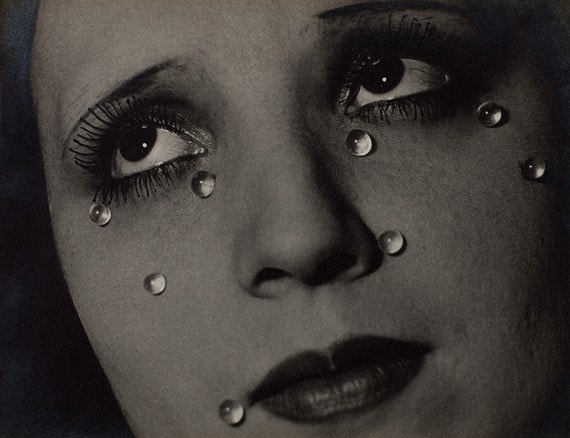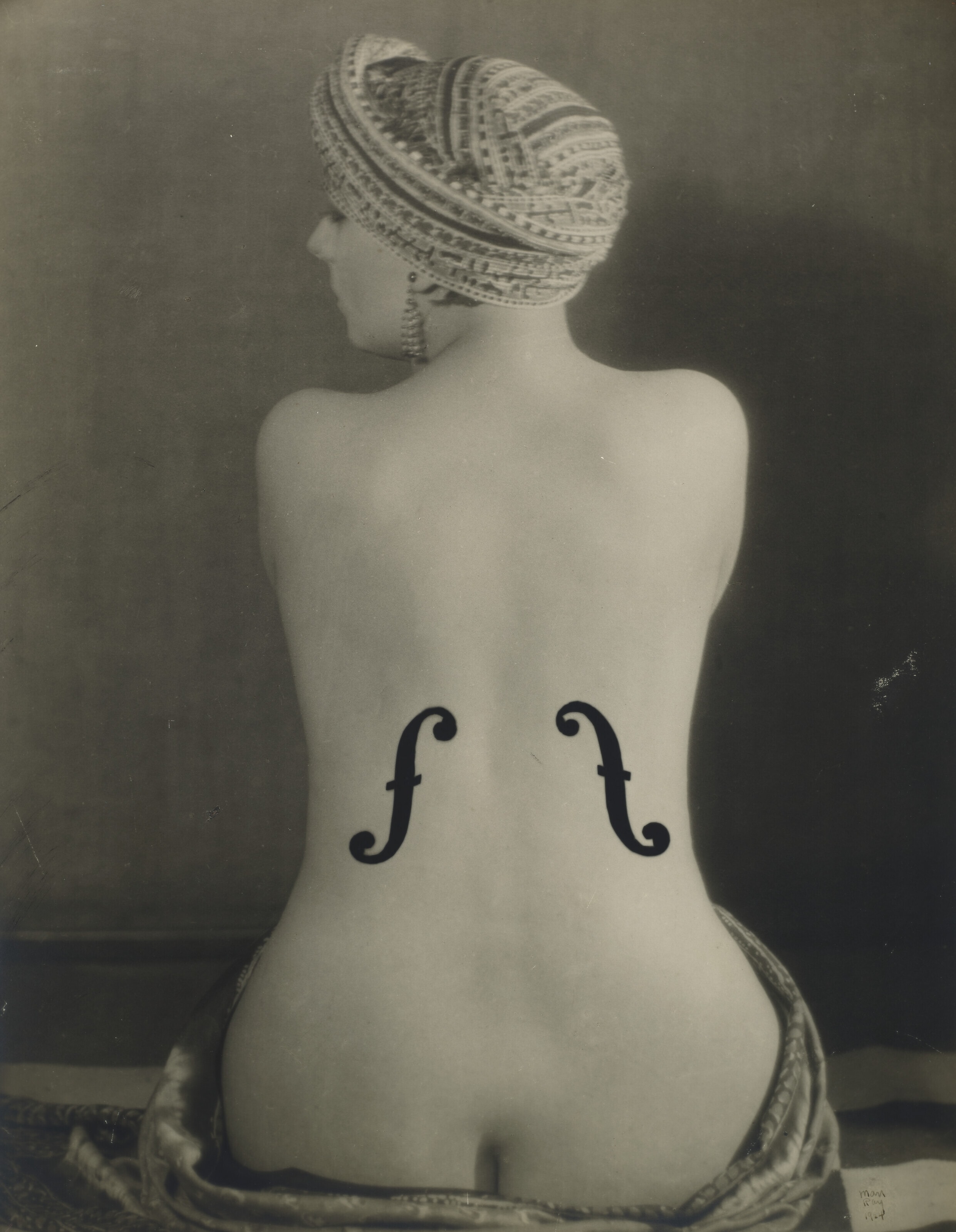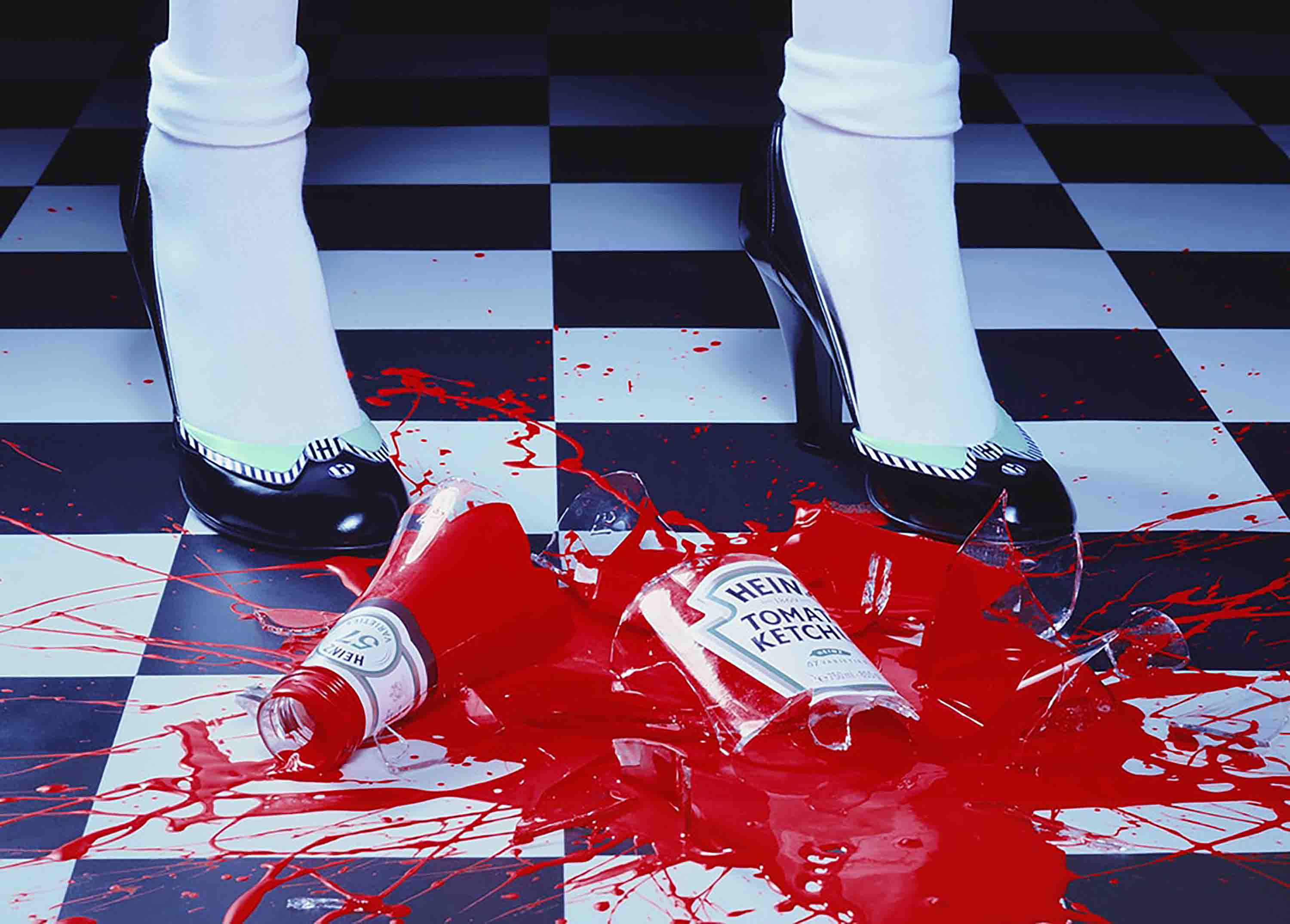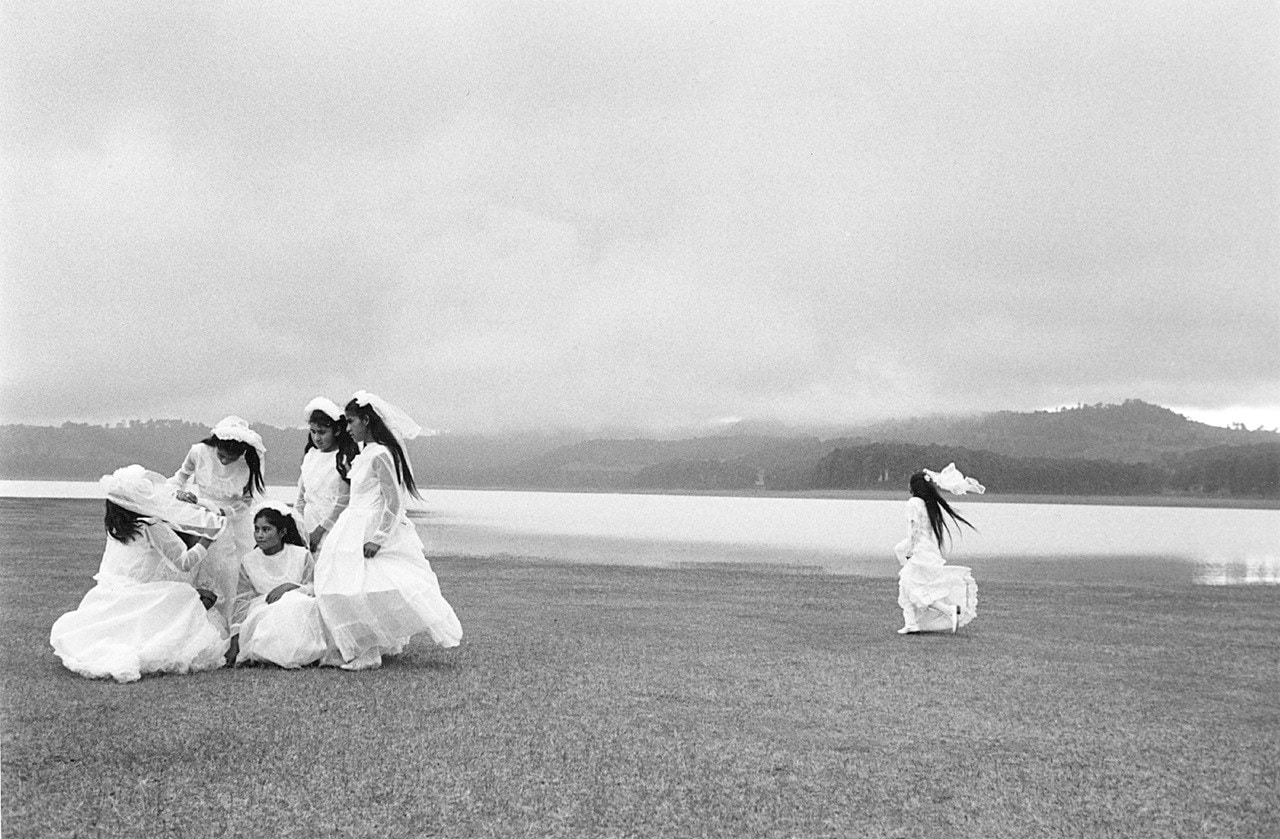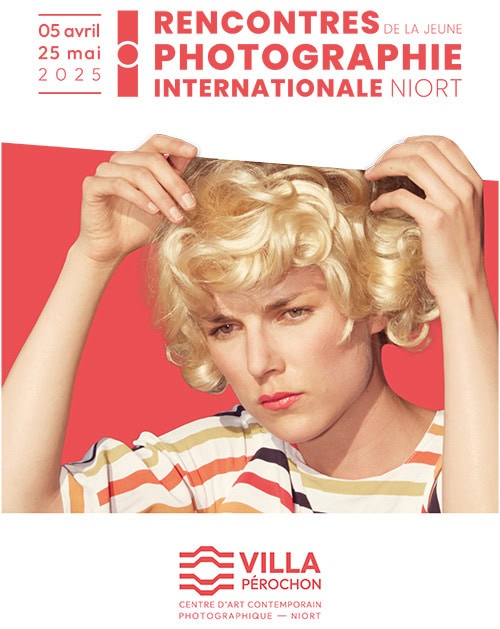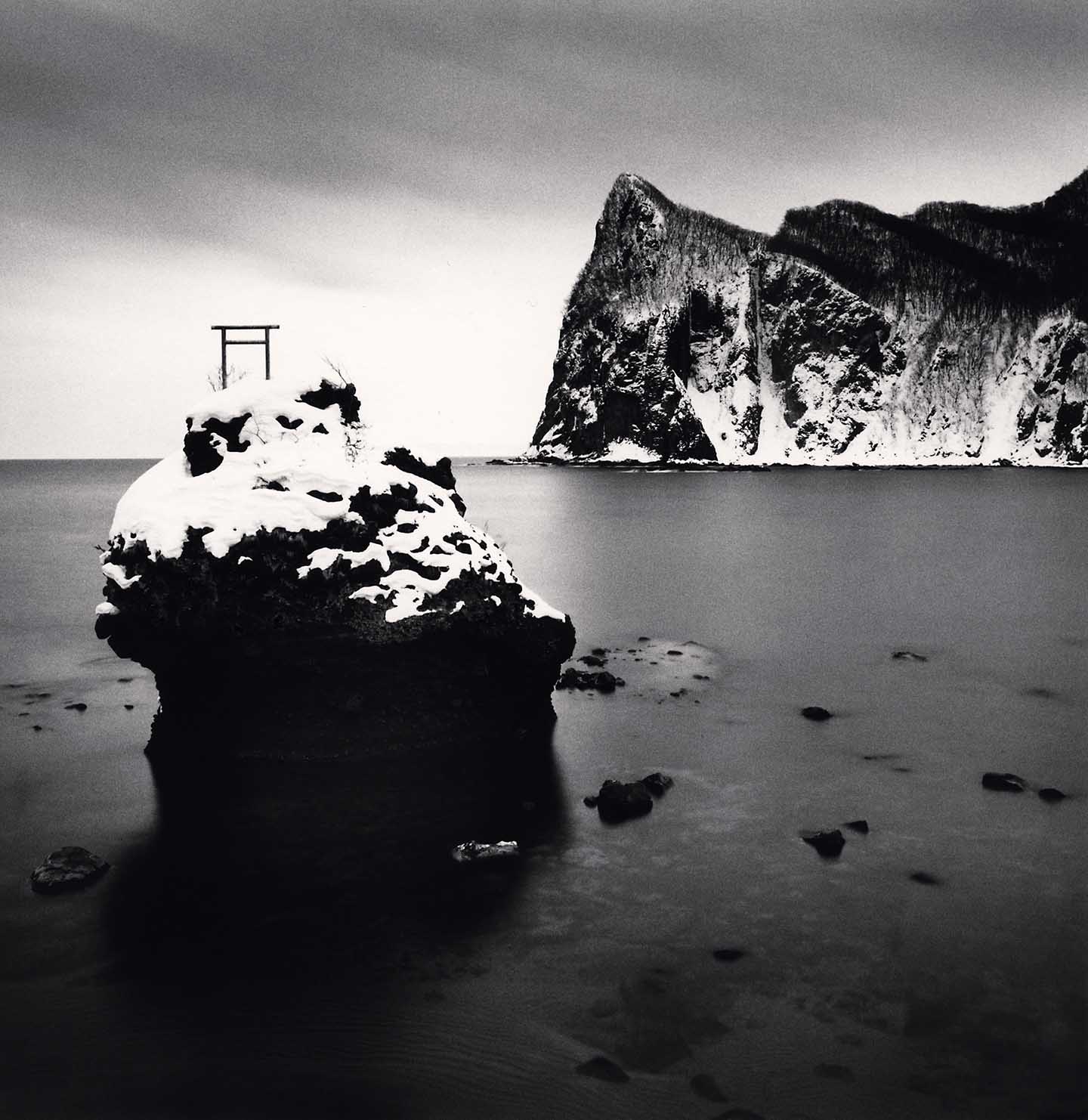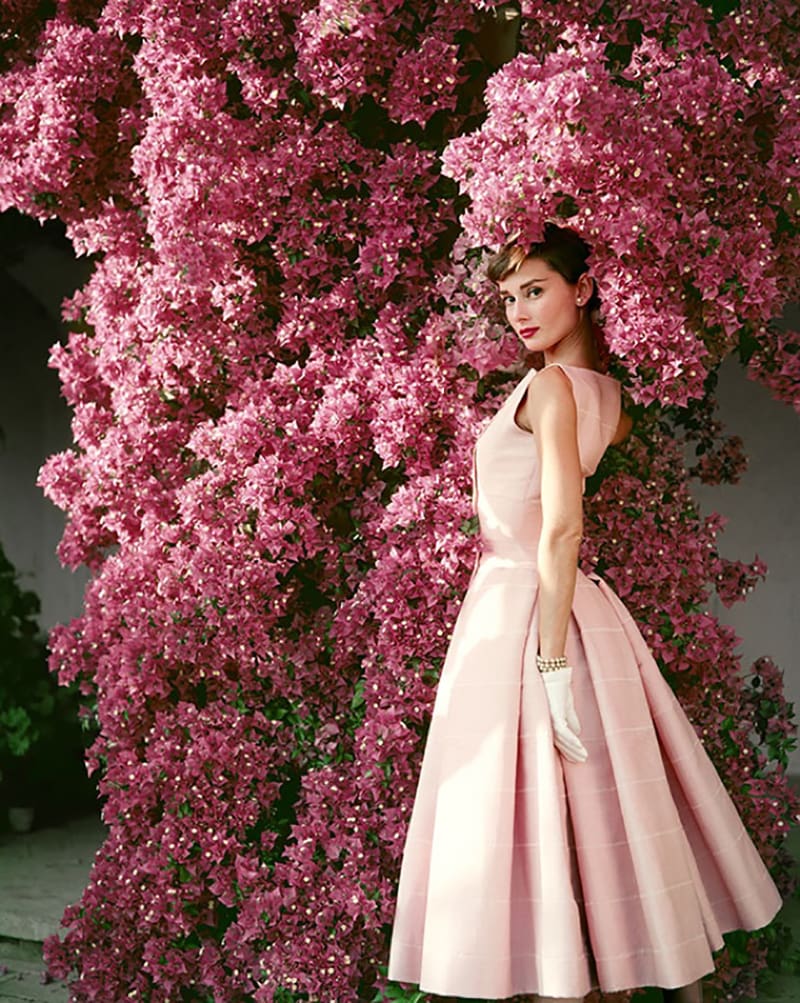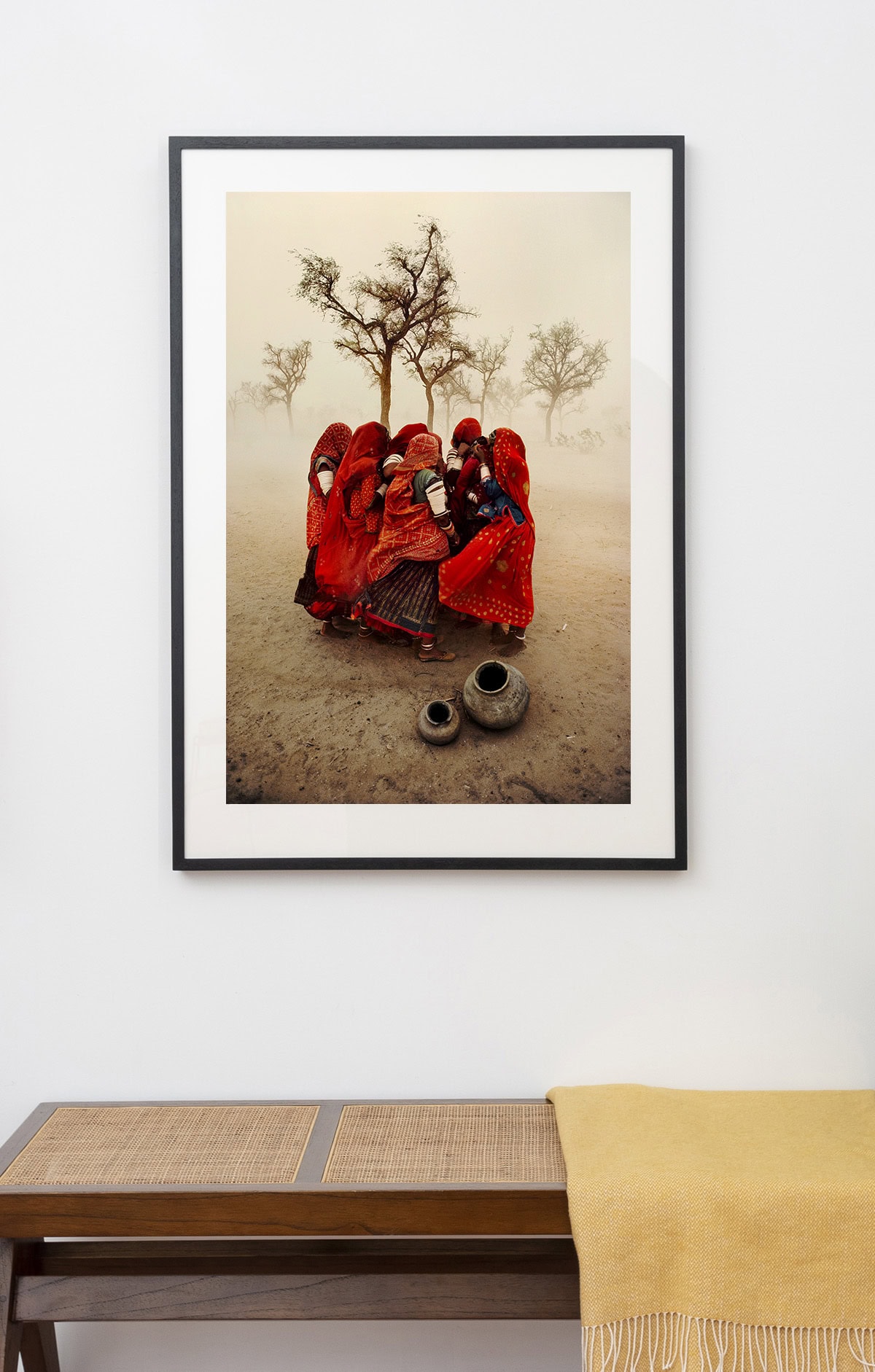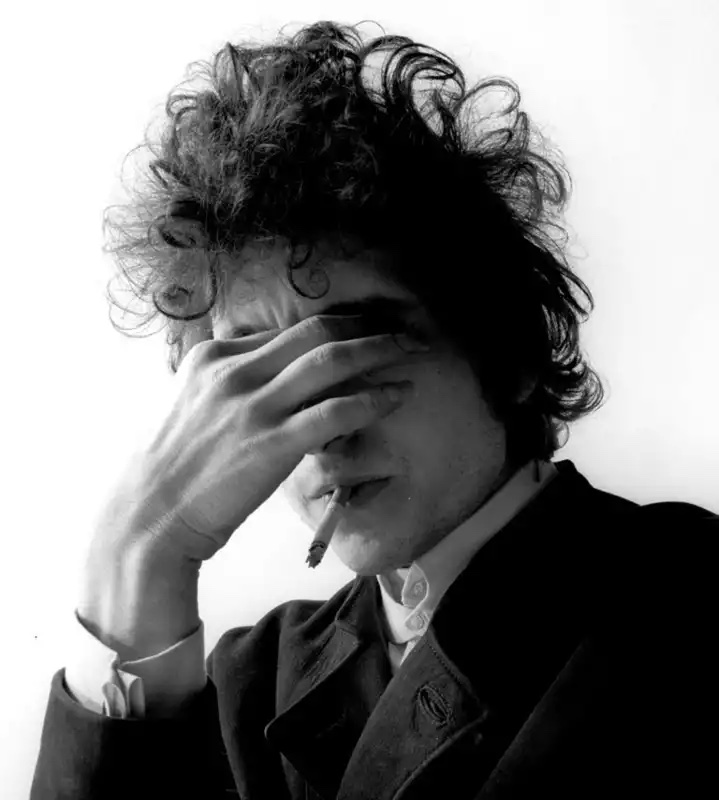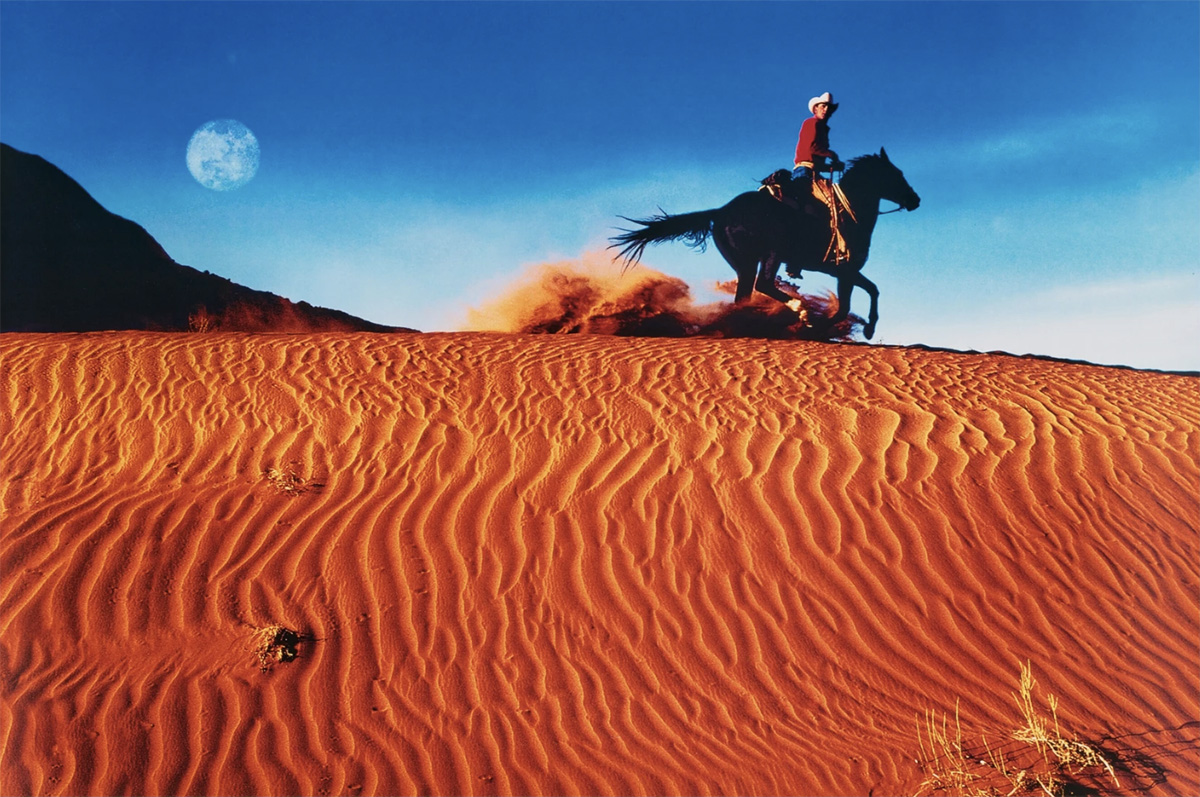A Collector’s Guide to Photographic Editions
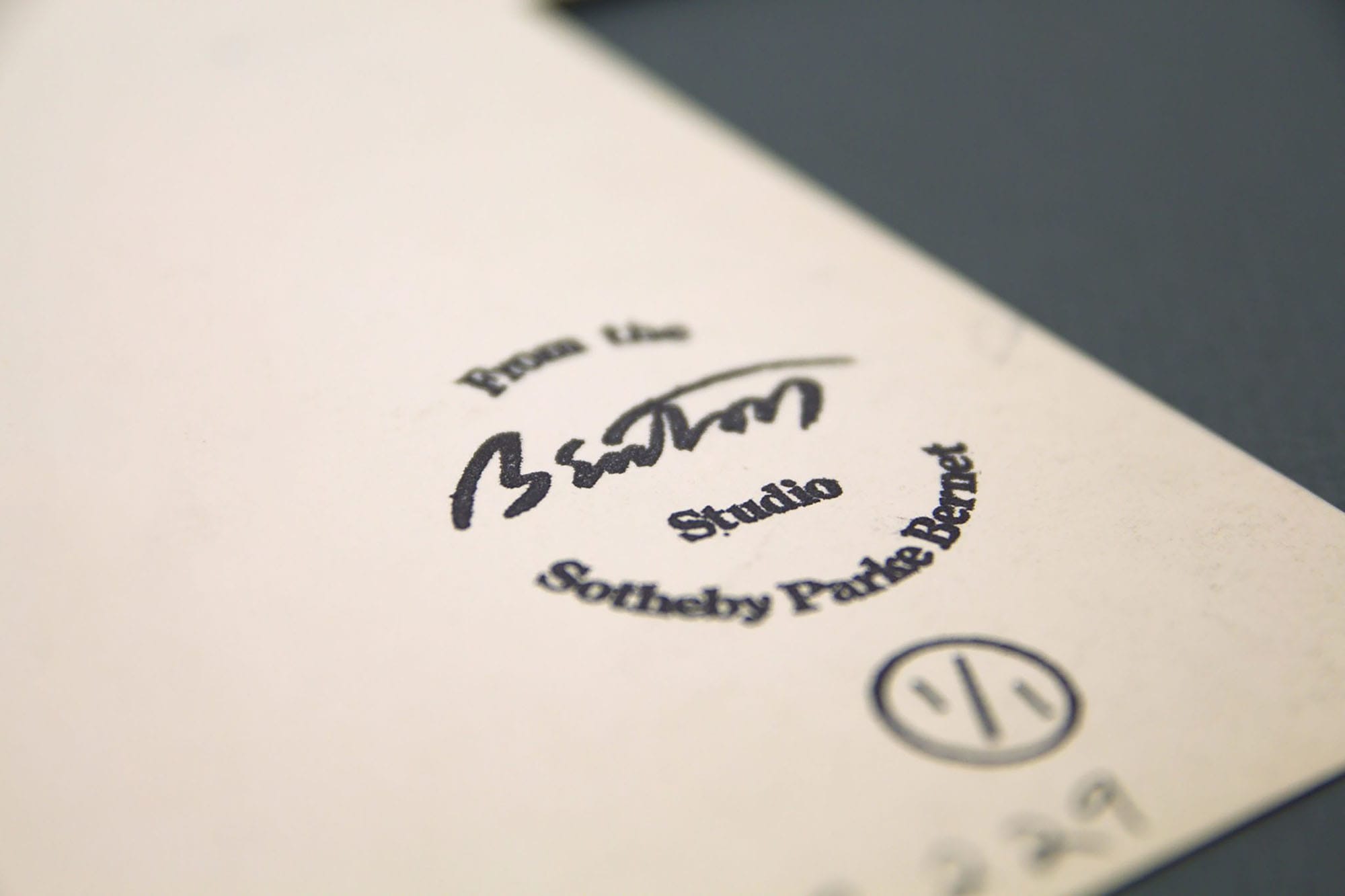
31st January 2023
Editions have been around much longer than the photographic art market, and originally were used for numbering the output of sculptures, prints, books and other reproducible art forms. Photographers adopted editioning as a useful tool when the market for photographs began to grow in commercial art galleries. A photographer usually establishes an edition when they embark on offering an image for sale as a print. They choose a number and paper size, and make a commitment to produce no more than that number of prints in that size. When all of the offered sizes have sold out then the image will cease to be available on the primary market.
Photographers will often choose a few different paper sizes to offer the work in, each with its own separate edition. Sometimes they print the whole edition in one go, but usually prints are made and numbered on demand as they are sold. Some photographers also include a small number of ‘artist’s proofs’ as a part of their editions, which are essentially an extension of the edition size. Once an edition has sold out the artist will not produce another print of that image in that edition. To this end, trust is required between an artist, their gallery and their collectors for the system to work. Establishing that trust is an important part of an artist’s career development, and no serious, established photographer would threaten their own reputation by breaching that trust. Likewise no prestigious gallery would entertain such an idea either, for the same reasons.
Some photographers do not believe in editions – for example, Sebastião Salgado – and simply sign a print whenever they or their galleries sell one. It is often the case that older photographers choose this route, because they started making prints before the editioning system became standard in the late 1980s. This system can work very well as the market is fed at its own pace, and the most desirable prints become the most numerous, often feeding demand for themselves and trading higher as a result of their availability. In practice considerations such as price, limited gallery representation and the time and expense required to make prints makes them rare. Again, it is in the photographer’s interest not to flood the market with their work.
To summarise, photographic images are reproducible, but collectable prints are not. Purchasing a collectable print means that you are buying the object as much as the image. This object will have been carefully made under the control of the artist, and will be authenticated as such.
